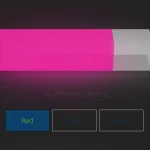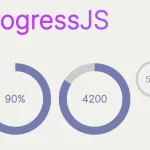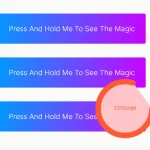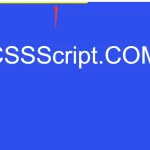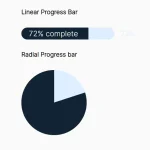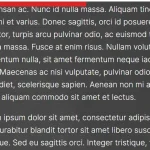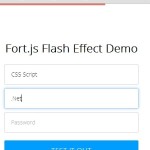| Author: | jh3y |
|---|---|
| Views Total: | 1,697 views |
| Official Page: | Go to website |
| Last Update: | June 6, 2015 |
| License: | MIT |
Preview:

Description:
ep.js (previously called progre(c)ss) is a pure JavaScript/CSS solution that enables you to create various types of progress bars using Html5 progress element and CSS3 animations.
How to use it:
1. Load the core JavaScript and CSS in the head section of your web page.
<link rel="stylesheet" href="dist/ep.css" /> <script src="dist/ep.js"></script>
2. Create an HTML progress element on the page and determine the current percentage using the value attribute:
// 75% <progress value="75"></progress> // complete (100%) <progress data-complete="true"></progress> // pause <progress data-pause="true"></progress>
3. Determine the position of the progress bar with the following CSS classes:
- ep–top
- ep–bottom
- ep–fixed
<progress class="ep--top ep--fixed"></progress>
4. Spread a progress bar out from the middle instead.
<progress value="75" class="ep--spread"></progress>
5. Create a countdown bar.
<progress data-timer="5"></progress>
6. Simulate or mock progress using the following data attributes:
<progress data-simulate="true"></progress> <progress data-mock="4"></progress> <progress data-staggered-mock="4"></progress>
7. Override the default progress styles.
progress {
background: #222;
}
progress::-moz-progress-bar {
background: #222;
}
progress::-webkit-progress-bar {
background: #222;
}
progress::-webkit-progress-value {
background: #222;
}8. You can also render the progress bar via JavaScript:
const el = document.getElementById('container');
const myBar = new ep(el);9. Public methods.
myBar.set(23, afterSetFunction); myBar.complete(onCompleteFunction); myBar.setPosition(['top', 'fixed']); myBar.simulate(); myBar.reset(); myBar.increase(); myBar.decrease(25); myBar.setPosition(); myBar.setSpread(true); myBar.setSpread(false);
Changelog:
v2.0.6 (07/19/2018)
- Bugfix



